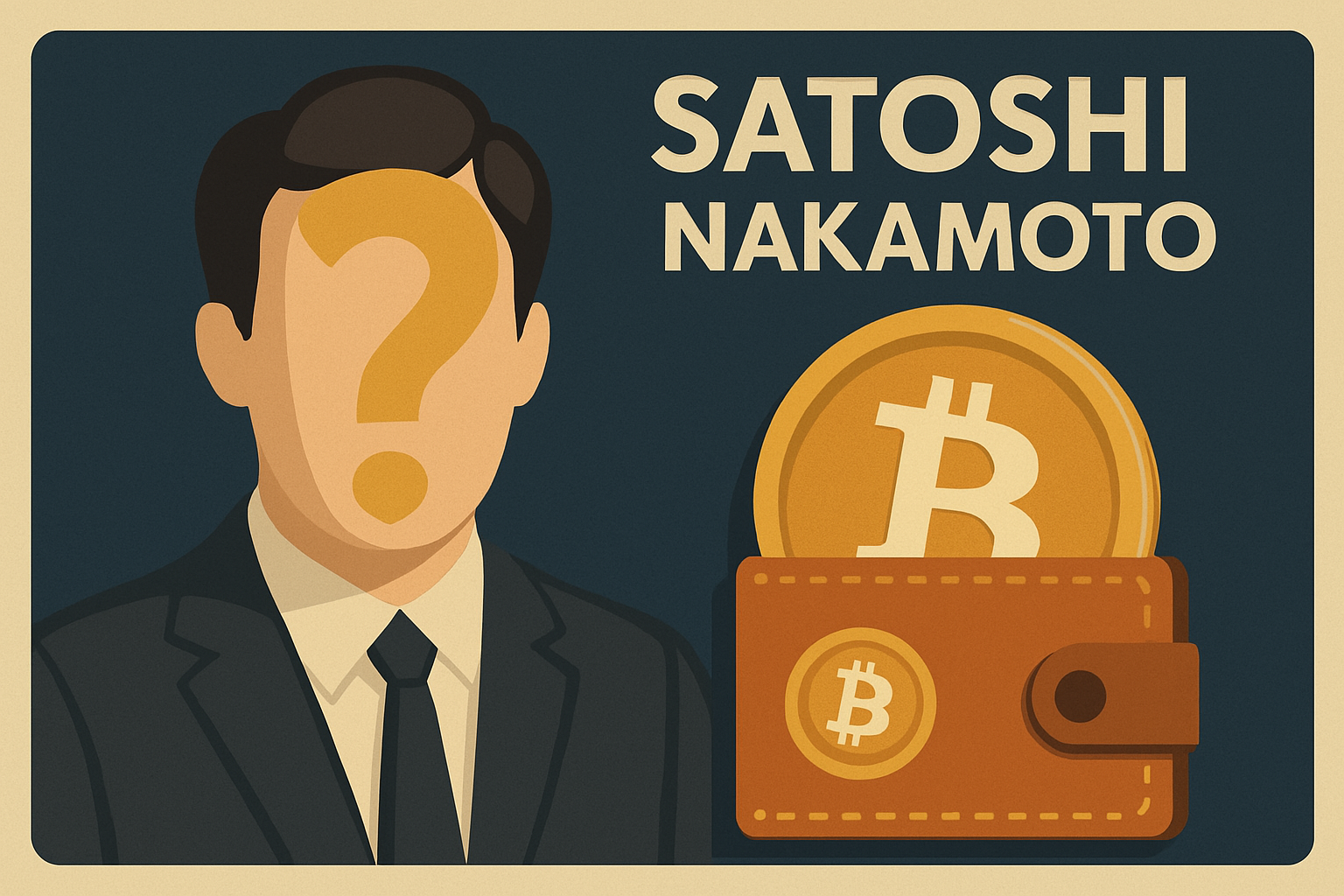Trending Now
- 1KOSPI
8
- 2Hollywood
8
- 3KOSDAQ
7
- 4shutdown
-2
- 5Bitcoin
-1
- 6ETF
4
- 7Mastercard
3
- 8dollar
2
- 9Ethereum
1
- 10stablecoin

by D.X.
2025-03-25 18:01:01

Satoshi Nakamoto, the creator of Bitcoin. One of the greatest mysteries he left behind is the approximately one million Bitcoins sitting in his wallets. These wallets accumulated through block rewards mined in the early days of 2009 have never been touched and remain dormant to this day. Due to this, many believe that Satoshi has either passed away or is no longer in a position to move these coins.
But what if, in the future, quantum computers emerge that pose a threat to existing cryptographic algorithms? What will happen to Satoshi's wallets then? And how is the Bitcoin community preparing for such a scenario?
Bitcoin’s security is built on ECDSA (Elliptic Curve Digital Signature Algorithm) and hash functions (SHA-256, RIPEMD-160). Of these, hash functions are used to generate an address from the public key, and that address is what gets recorded on the blockchain.
The crucial point is that the public key corresponding to an address is only revealed when a user sends coins from that address. In other words, a Bitcoin address is merely a hashed version of a public key (PKH). Unless a user actually initiates a transaction, the public key is never exposed on the blockchain.
Why is this important? Because of quantum computers. Quantum computers, using Shor’s algorithm, hold the potential to derive private keys from public keys. However, if a public key isn’t available, the attack is impossible in the first place. In other words, since Satoshi has never made a transaction, his wallets remain safe.
Also, the public key is only ever exposed once—at the moment the coins are sent. The same applies to block rewards. Mining rewards are created through coinbase transactions, which only include the public key hash (PKH) in their output. To prove ownership of such coins, the owner must reveal their public key when spending them, and the hash is verified against the original address before the transaction is approved.
In short, public keys are only revealed once, remain hidden beforehand, and are only exposed when the coins are used. Thanks to this structure, Bitcoin remains relatively secure from quantum threats—for now.
The Bitcoin community considers the advent of quantum computers a realistic threat, and discussions are actively ongoing to prepare for it. However, since quantum computers are not yet capable of breaking Bitcoin’s cryptography in practice, most preparations are being approached with a long-term perspective.
The primary strategies currently being discussed include:
These preparations mostly aim for gradual and flexible upgrades and are under continuous discussion within the community.
Other major cryptocurrencies also have various strategies to address quantum threats.
Ethereum plans a quantum-resistant structure using account abstraction and zk-STARK technology. In case of emergency, hard forks are being discussed as a recovery measure.
Cardano has a three-phase roadmap, intending to operate a separate PQ chain before integrating it into the main chain as part of a long-term strategy.
Algorand already uses FALCON signatures to protect the chain’s state and has added functionality to verify PQ signatures within its VM.
Polkadot is testing Falcon and other PQ signatures on its testnets and is preparing for full quantum-safe transitions with JAM 2.0 through its forkless upgrade system.
These projects generally have faster upgrade mechanisms, so they may be able to respond more swiftly than Bitcoin when threats become real.
Bitcoin’s structure hides public keys, but if users reuse addresses, the public key can be exposed multiple times on the blockchain—posing a significant security risk. Additionally, address reuse allows on-chain analysis tools to more easily track wallet activity, severely compromising user privacy.
To prevent this, most wallets adopt an HD (Hierarchical Deterministic) structure. This structure allows an infinite number of addresses to be generated from a single seed (12–24 recovery words). It also enables wallets to provide a new address for each deposit, greatly improving privacy.
Avoiding address reuse and utilizing privacy-enhancing technologies such as CoinJoin, Taproot, and PayJoin can make on-chain analysis extremely difficult, making it hard to identify user activity.
Satoshi’s wallet is currently safe because its public keys have never been revealed on the blockchain. Even if quantum computers capable of breaking ECDSA were to emerge, an immediate attack would not be possible. Moreover, the community is preparing various soft forks and upgrade strategies to effectively "neutralize" such dormant assets in the future, if necessary.
Bitcoin’s architecture is remarkably future-oriented. Its current security structure buys valuable time against quantum threats. But in order not to waste this time, continuous research, BIP proposals, and technical experimentation by the community remain essential.
No one knows when quantum computers will arrive—but until that day and beyond, Bitcoin is building a flexible and resilient ecosystem capable of evolving with the times.